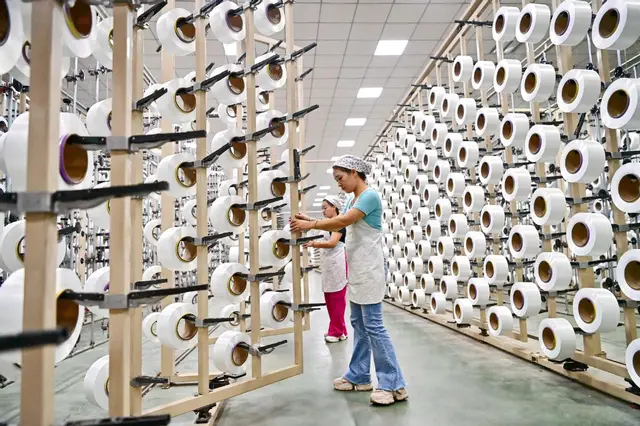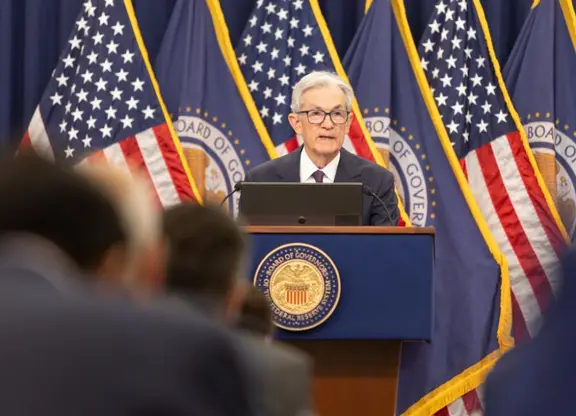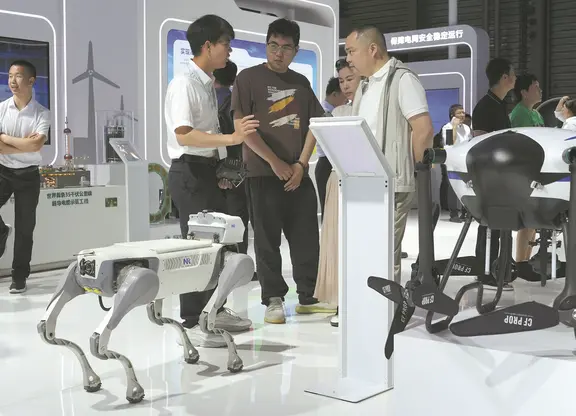China's economy is on track for steady recovery in the second half given effective policy stimulus measures and thriving new growth drivers, said economists and executives.
Nevertheless, the foundation for economic stabilization is not yet solid amid lackluster domestic demand, still-weak expectations and the troubled property sector, they said, and expect stepped-up monetary and fiscal support, including further cuts to the reserve requirement ratio and interest rates.
Their comments came after mixed economic data for June. The Caixin China General Manufacturing Purchasing Managers' Index rose to 51.8 in June from 51.7 in May, the highest level since May 2021, showing ongoing improvement in the sector, media group Caixin said on Monday.
However, the National Bureau of Statistics said on Sunday that the official purchasing managers index for the manufacturing sector stood at 49.5 in June, unchanged from May, and still below the 50-point mark that separates growth from contraction.
The official nonmanufacturing PMI, which incorporates subindexes for services and construction, came in at 50.5 in June amid the lingering property downturn, versus 51.1 in May.
"China's overall economy continued an expansion trend, but the foundation for sustained recovery and improvement still needs to be strengthened," said Zhao Qinghe, an NBS statistician.
The pressures of low price growth and weak demand persisted with NBS data showing that the subindex of factory-gate manufacturing sector prices dropped into contractionary territory to 47.9 in June, down from 50.4 in May.
To ease the decline of 10-year treasury bond yields amid low inflation, the People's Bank of China, the country's central bank, said on Monday it will borrow treasury bonds from primary dealers — a move experts said signals that the PBOC may sell long-term treasuries soon. Bond selling essentially leads to price declines and yield increases.
Experts said the central bank may take more direct measures to support the economy in the third quarter, after it vowed to focus more on taking measures to ease cyclical downward economic pressure last week at a meeting.
Hu Yifan, head of macroeconomics for Asia-Pacific at UBS Global Wealth Management, said the PBOC may further cut the RRR — or the proportion of cash banks must hold as reserves — and interest rates in the remainder of the year to address low inflation. Targeted low-cost lending facilities to support housing inventory acquisition would also be likely.
The NBS also said that the PMI for high-tech manufacturing stood at 52.3, up from 50.7 in the previous month, remaining in expansionary territory for the eighth consecutive month.
Sun Xuegong, director-general of the department of policy study and consultation at the Chinese Academy of Macroeconomic Research, said the data demonstrate a notable characteristic of China's economy — the transition of growth drivers.
"On the one hand, we see a lackluster performance of old drivers like real estate, which is yet to emerge from its downward spiral. On the other hand, we see new quality productive forces booming, for example, high-tech manufacturing is growing by double digits," Sun said.
"The first half of this year will see about 5 percent economic growth. China remains on track to achieve its yearly target (of around 5 percent)."
Joe Ngai, chairman of management consultancy McKinsey China, expressed strong confidence about China's economic growth prospects, and expects China's economic growth to be close to 5 percent this year.
Meanwhile, he said rising household savings point to lackluster domestic demand amid still-weak confidence and property woes, adding that more efforts should be made to whet spending appetites for products and services and boost consumer confidence.
China Daily
 简体中文
简体中文





